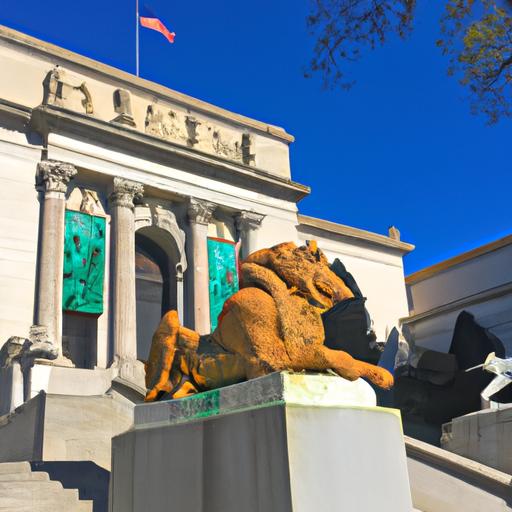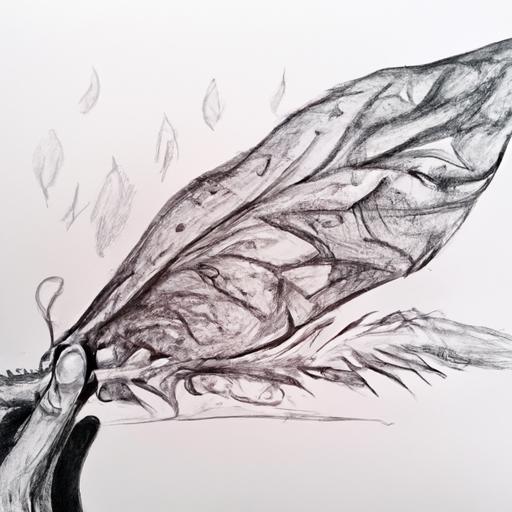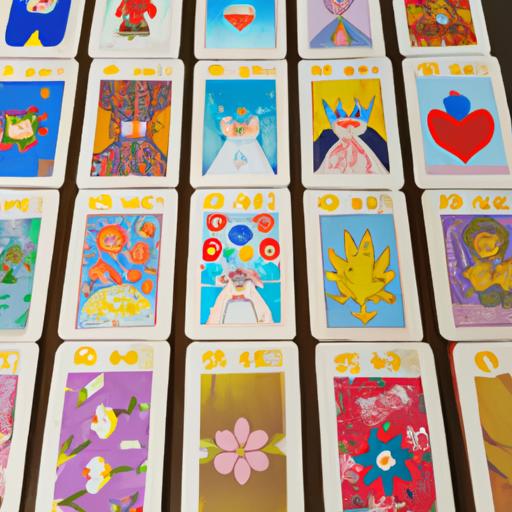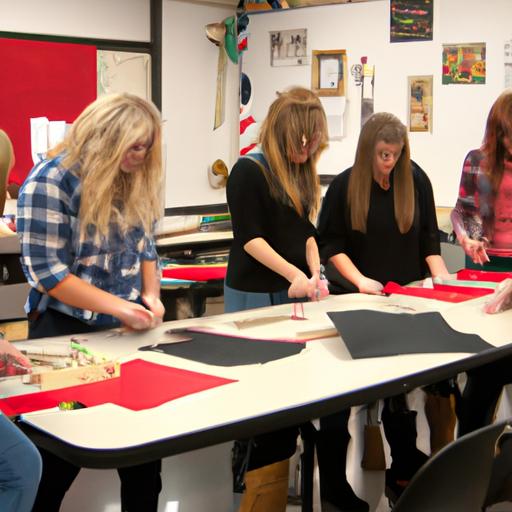Introduction
In the world of writing, capitalization plays a crucial role in conveying meaning and adhering to grammatical rules. When it comes to the realm of fine arts, it’s natural to wonder if the term “fine arts” should always be capitalized. In this article, we’ll explore the significance of capitalization in writing and delve into whether or not “fine arts” should be capitalized.
Definition of Fine Arts
Before we dive into the capitalization debate, let’s clarify what we mean by “fine arts.” Fine arts encompass a broad range of creative disciplines that are primarily concerned with aesthetic expression. This includes painting, sculpture, music, dance, theater, literature, and more. Fine arts serve as a means of artistic communication and have a profound impact on our culture and society.
Importance of Capitalization in Writing
Capitalization is an essential aspect of writing that helps us convey meaning and maintain clarity. It distinguishes proper nouns, such as names or titles, from common nouns. Proper capitalization also aids in providing emphasis and adhering to grammatical rules. Inaccurate or inconsistent capitalization can lead to confusion and affect the overall readability of a piece of writing.
Now that we understand the basics, let’s explore whether “fine arts” should be capitalized or not.
What is Capitalization?
Capitalization is a fundamental aspect of writing that involves the use of capital letters to distinguish between different types of words. Understanding the rules of capitalization is crucial for maintaining clarity and adhering to grammatical conventions.
Explanation of Capitalization Rules
Capitalization rules dictate that proper nouns, such as names of people, places, organizations, and specific titles, should always be capitalized. On the other hand, common nouns, which refer to general entities, are typically written in lowercase. For example, while “Mona Lisa” (a specific painting) is capitalized, the term “painting” (a general concept) is not.
Importance of Consistent Capitalization
Consistency in capitalization is vital to ensure that a piece of writing flows smoothly and is easily understandable. When capitalization is inconsistent, it can create confusion and distract the reader from the intended message. By adhering to capitalization rules consistently, we maintain a sense of professionalism and enhance the overall readability of our writing.
Now, let’s apply these capitalization rules specifically to the field of fine arts.
What is Capitalization?
Explanation of Capitalization Rules
Capitalization rules help us determine when to use uppercase letters in writing. These rules vary depending on the specific context and purpose of the words being capitalized. Some common capitalization rules include:
-
Proper Nouns: Names of specific people, places, organizations, and brands are capitalized. For example, “Leonardo da Vinci,” “Paris,” “Museum of Modern Art,” and “Coca-Cola.”
-
Titles and Headings: The first letter of major words in titles and headings is typically capitalized. For instance, “The Starry Night” or “Introduction to Art History.”
-
Sentence Starters: The first word of a sentence is capitalized, regardless of its type.
-
Acronyms and Initialisms: Each letter in an acronym or initialism is capitalized. For example, “UNESCO” or “NASA.”
-
Significant Events and Historical Periods: Names of significant events, historical periods, and cultural movements are capitalized. For instance, “The Renaissance” or “The Romantic Era.”
Importance of Consistent Capitalization
Consistency in capitalization is crucial for maintaining readability and conveying a professional tone. Inconsistent capitalization can lead to confusion and distract the reader from the intended message. By adhering to capitalization rules, we ensure that our writing appears polished and credible.
Now that we understand the rules and importance of capitalization, let’s explore how these principles apply to the discipline of fine arts.
Common Mistakes in Capitalizing Fine Arts
Capitalization errors are not uncommon, and the realm of fine arts is no exception. Let’s take a look at some of the common mistakes people make when capitalizing fine arts terms and explore ways to avoid them.
A. Common Errors in Capitalizing Fine Arts Terms
-
Overcapitalization: One common mistake is overcapitalizing fine arts terms that should be treated as common nouns. For example, saying “I love Dancing” instead of “I love dancing” is incorrect. Remember, unless it’s a proper noun, such as the name of a specific dance style or a specific piece of art, it should be written in lowercase.
-
Inconsistent Capitalization: Inconsistency in capitalization can confuse readers and disrupt the flow of your writing. Be mindful of capitalizing consistently within a single piece of writing. For instance, if you choose to capitalize “Fine Arts” in one sentence, it should remain capitalized throughout the text.
B. How to Avoid Capitalization Mistakes in Fine Arts Writing
-
Consult Style Guides: Different style guides, such as the Chicago Manual of Style or the Associated Press (AP) Stylebook, may have specific rules for capitalizing fine arts terms. Consult these guides to ensure accuracy and consistency in your writing.
-
Research Proper Nouns: Proper nouns, like the names of artists, specific artworks, or institutions, should be capitalized. Take the time to research and verify the correct capitalization of these proper nouns to maintain accuracy in your writing.
-
Proofread and Edit: After completing your writing, proofread and edit for capitalization errors. Pay attention to consistency and ensure that you have correctly capitalized or lowercase fine arts terms based on the rules and conventions.
By being mindful of these common mistakes and taking the necessary steps to avoid them, you can enhance the professionalism and readability of your fine arts writing.
Conclusion
In conclusion, the question of whether to capitalize “fine arts” boils down to its usage, context, and adherence to capitalization rules. While “fine arts” is a descriptive term that generally doesn’t require capitalization, there are instances where it may be capitalized, such as in titles or headings. It’s crucial to consider the specific guidelines of style manuals or institutions when writing about fine arts.
Proper capitalization in fine arts writing is essential for maintaining clarity, professionalism, and adherence to grammatical rules. Consistent capitalization helps readers understand the intended meaning and distinguishes proper nouns from common nouns. By following capitalization rules and paying attention to context, we can ensure that our writing accurately reflects the significance and impact of the fine arts.
So, should you capitalize “fine arts”? The answer lies in your specific writing context and the guidelines you are following. However, it is always advisable to seek consistency and clarity in your writing, ensuring that your capitalization choices align with the principles of grammar and style.
Remember, in the world of fine arts, words have the power to evoke emotions, inspire creativity, and convey profound meanings. By capitalizing with care and precision, we can elevate the impact and understanding of this vibrant discipline.
Now that you have a clearer understanding of capitalization in relation to “fine arts,” go forth and write with confidence, maintaining the beauty and integrity of the written word.





